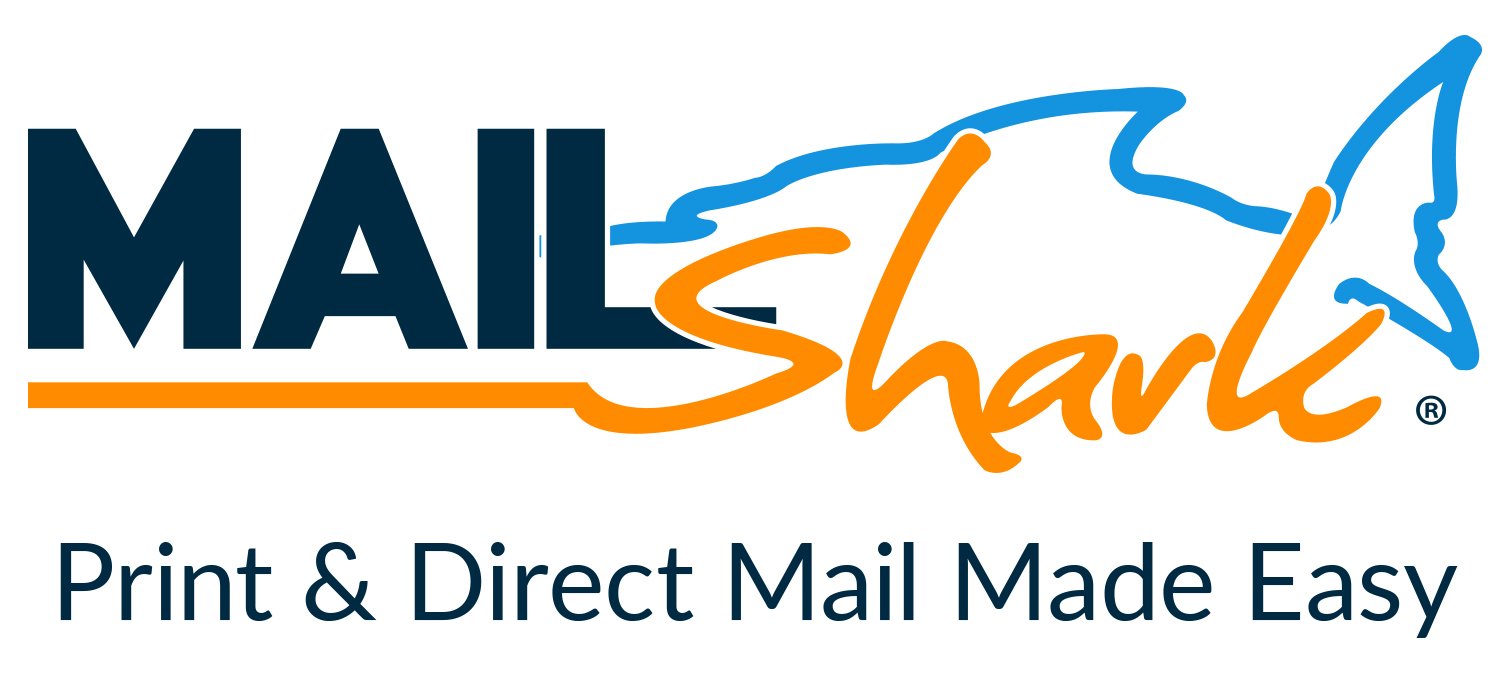TechForce: Powering Our Youth [RR 798]
-
Have you checked out Joe's Latest Blog?
-
By Joe Marconi in Joe's Blog5 commentsI recently spoke with a friend of mine who owns a large general repair shop in the Midwest. His father founded the business in 1975. He was telling me that although he’s busy, he’s also very frustrated. When I probed him more about his frustrations, he said that it’s hard to find qualified technicians. My friend employs four technicians and is looking to hire two more. I then asked him, “How long does a technician last working for you.” He looked puzzled and replied, “I never really thought about that, but I can tell that except for one tech, most technicians don’t last working for me longer than a few years.”
Judging from personal experience as a shop owner and from what I know about the auto repair industry, I can tell you that other than a few exceptions, the turnover rate for technicians in our industry is too high. This makes me think, do we have a technician shortage or a retention problem? Have we done the best we can over the decades to provide great pay plans, benefits packages, great work environments, and the right culture to ensure that the techs we have stay with us?
Finding and hiring qualified automotive technicians is not a new phenomenon. This problem has been around for as long as I can remember. While we do need to attract people to our industry and provide the necessary training and mentorship, we also need to focus on retention. Having a revolving door and needing to hire techs every few years or so costs your company money. Big money! And that revolving door may be a sign of an even bigger issue: poor leadership, and poor employee management skills.
Here’s one more thing to consider, for the most part, technicians don’t leave one job to start a new career, they leave one shop as a technician to become a technician at another shop. The reasons why they leave can be debated, but there is one fact that we cannot deny, people don’t quit the company they work for, they usually leave because of the boss or manager they work for.
Put yourselves in the shoes of your employees. Do you have a workplace that communicates, “We appreciate you and want you to stay!”
-
-
Similar Topics
-
By carmcapriotto
Welcome to this episode of "Business by the Numbers," where we dive deep into the often controversial topic of tax fairness. Join Hunt, as he explores if the wealthiest among us are really shouldering their fair share of the tax burden.
• Defining 'Rich': How income levels and perceptions of wealth vary across different regions and impact tax contributions.
• The Progressive Tax System: A closer look at how the U.S. tax system scales with income and what that means for the top 1% of earners.
• Real Figures: We break down recent statistics to understand the actual tax contributions made by high earners.
• Beyond Income Tax: Examining other significant tax obligations faced by the wealthy, including sales tax, property tax, and surtaxes.
• Debunking Myths: Addressing common misconceptions about tax evasion among the wealthy and what the data really shows.
Thanks to our partners, NAPA TRACS and Promotive
Did you know that NAPA TRACS has onsite training plus six days a week support?
It all starts when a local representative meets with you to learn about your business and how you run it. After all, it's your shop, so it's your choice.
Let us prove to you that Tracs is the single best shop management system in the business. Find NAPA TRACS on the Web at NAPATRACS.com
It’s time to hire a superstar for your business; what a grind you have in front of you. Great news, you don’t have to go it alone. Introducing Promotive, a full-service staffing solution for your shop. Promotive has over 40 years of recruiting and automotive experience. If you need qualified technicians and service advisors and want to offload the heavy lifting, visit www.gopromotive.com.
Paar Melis and Associates – Accountants Specializing in Automotive Repair
Visit us Online: www.paarmelis.com
Email Hunt: [email protected]
Get a copy of my Book: Download Here
Aftermarket Radio Network
Click to go to the Podcast on Remarkable Results Radio
-
By carmcapriotto
Thanks to our Partner, NAPA Auto Care Recorded Live at Vision Hi-Tech Training & Expo, discover the Coach's Toolkit: The role of coaches in shaping personal growth and team development. Joe Marconi and Darrin Barney also tackle the challenges of screen addiction and social media's impact on mental health and why the culture within your business is the engine that powers your shop's success. Joe Marconi, Executive Council Member, Elite Worldwide. Auto Shop Owner. Joe’s Episodes HERE. Darrin Barney, President, Elite Worldwide, Barney Brother’s Off-Road and Repair, Grand Junction, CO. Darrin’s previous episodes HERE Show Notes
Fly with the Eagles: https://eliteworldwide.com/fly-with-the-eagles/ Personal Development and Leadership (00:04:15) The importance of personal development and leadership in business growth and success. Client Vetting and Coaching (00:07:11) The process of vetting potential clients and the focus on personal development in coaching. Sharing Best Practices Among Coaches (00:13:24) The collaborative approach to sharing best practices among coaches and the benefits for shop owners. Personal Development and Culture (00:15:28) Discussion on the significance of personal development and the challenges of establishing a strong culture within a business. Repair Shop of Tomorrow (00:17:19) Focusing on how it helps automotive repair shops become more profitable. Understanding Culture (00:19:30) Exploration of the concept of culture in a business and its impact, including the analogy of a "climate" and the importance of creating a positive environment. Overcoming Challenges and Growth (00:20:16) Insights on overcoming challenges, embracing pain, and achieving personal and business growth through coaching and self-development. Success Stories and Emotion in Storytelling (00:22:09) Sharing emotional success stories and the power of storytelling in podcasting and connecting with audiences. Social Media and Screen Time (00:28:00) Reflections on the impact of excessive screen time, addiction to social media, and the need for awareness and balance in technology usage. Reinventing coaching (00:32:19) Exploring the future of coaching and the need to focus on individual development and adapting to different business models. Technology and leadership (00:33:42) The role of technology in building better leaders and the abundance of information available for self-improvement. Coaching selection process (00:36:00) Insight into the detailed vetting process for matching coaches with clients based on individual strengths and needs. Coaching industry diversity (00:38:29) Discussion on the different approaches and strengths of coaching companies and the need for diverse coaching options. The story of Eagles (00:40:50) The origin and evolution of the Fly with the Eagles program, highlighting its impact on coaching and personal development. Remote coaching and business expansion (00:44:38) The transition to remote operations and the expansion of coaching services to Canada.
Thanks to our Partner, NAPA Auto Care Learn more about NAPA Auto Care and the benefits of being part of the NAPA family by visiting https://www.napaonline.com/en/auto-care Connect with the Podcast: -Follow on Facebook: https://www.facebook.com/RemarkableResultsRadioPodcast/ -Join Our Private Facebook Community: https://www.facebook.com/groups/1734687266778976 -Subscribe on YouTube: https://www.youtube.com/carmcapriotto -Follow on LinkedIn: https://www.linkedin.com/in/carmcapriotto/ -Follow on Instagram: https://www.instagram.com/remarkableresultsradiopodcast/ -Follow on Twitter: https://twitter.com/RResultsBiz -Visit the Website: https://remarkableresults.biz/ -Join our Insider List: https://remarkableresults.biz/insider -All books mentioned on our podcasts: https://remarkableresults.biz/books -Our Classroom page for personal or team learning: https://remarkableresults.biz/classroom -Buy Me a Coffee: https://www.buymeacoffee.com/carm -The Aftermarket Radio Network: https://aftermarketradionetwork.com -Special episode collections: https://remarkableresults.biz/collections
Click to go to the Podcast on Remarkable Results Radio
-
By Joe Marconi
Premium Member Content
This content is hidden to guests, one of the benefits of a paid membership. Please login or register to view this content.

-
By nptrb
Premium Member Content
This content is hidden to guests, one of the benefits of a paid membership. Please login or register to view this content.
-
-
-
Our Sponsors





.thumb.jpg.2b345efc275b9df0af2bbb306a10a78a.jpg)








Recommended Posts
Create an account or sign in to comment
You need to be a member in order to leave a comment
Create an account
Sign up for a new account in our community. It's easy!
Register a new accountSign in
Already have an account? Sign in here.
Sign In Now